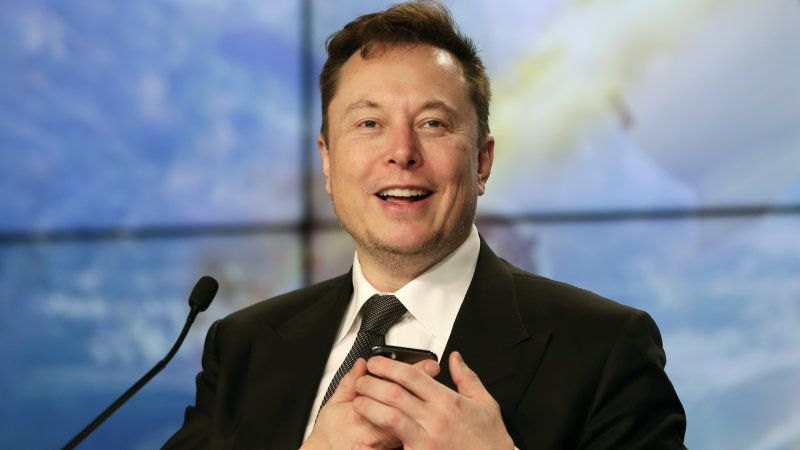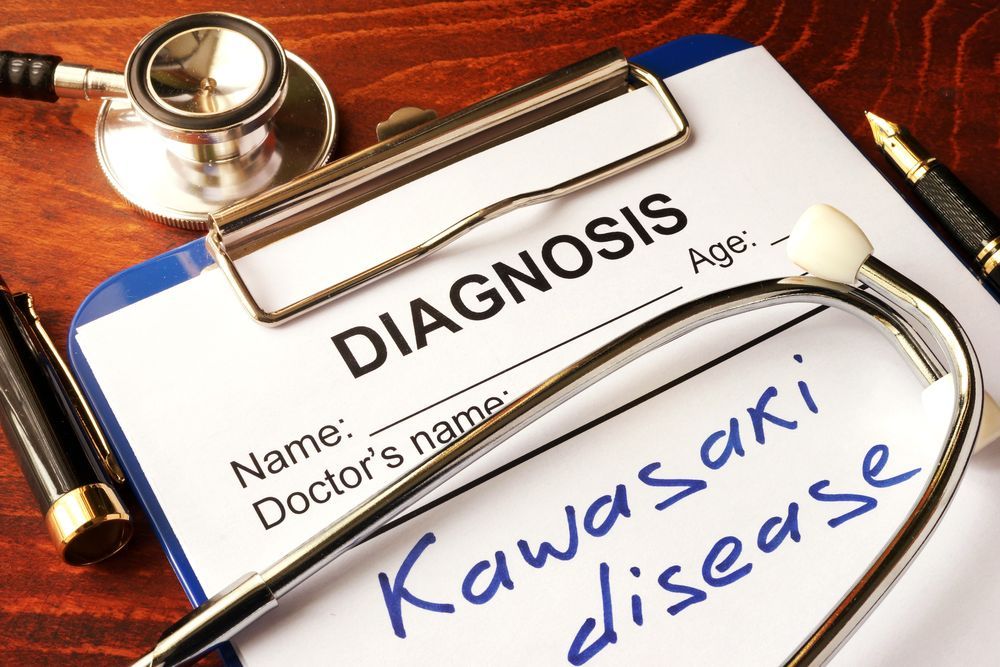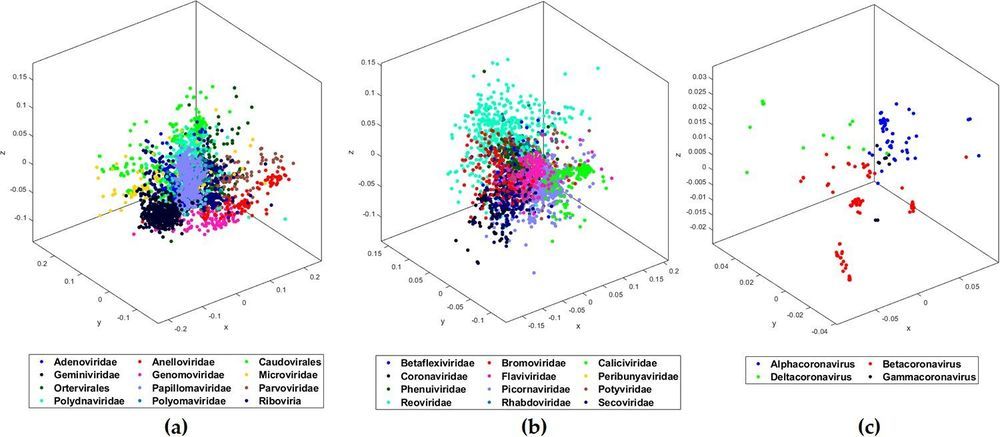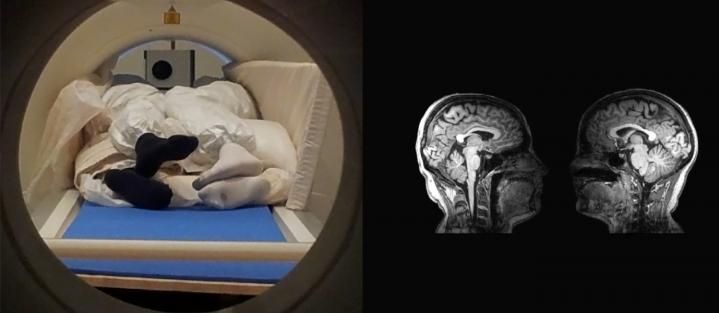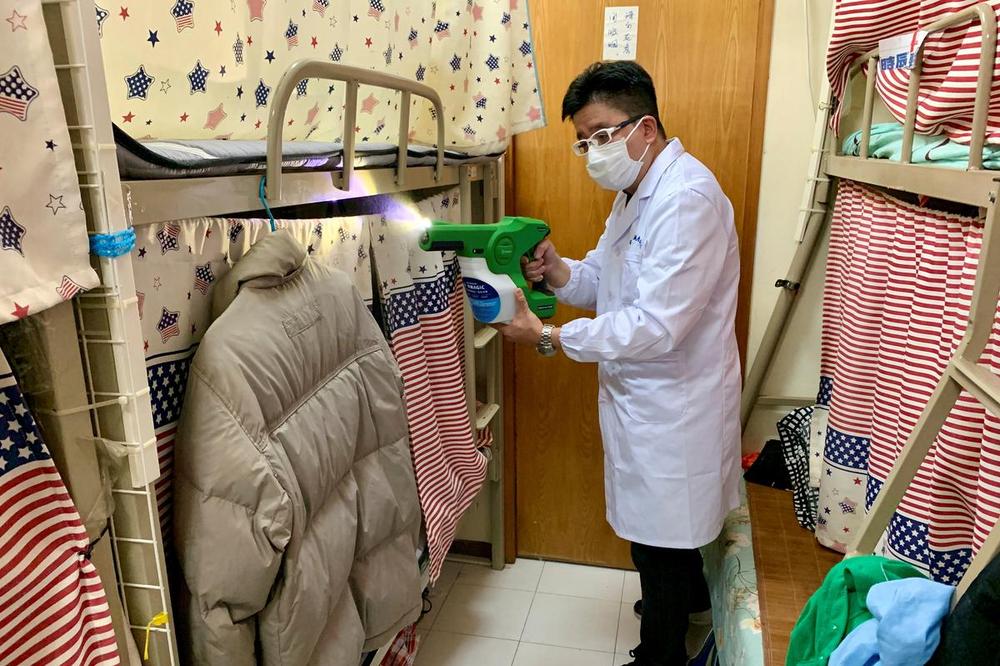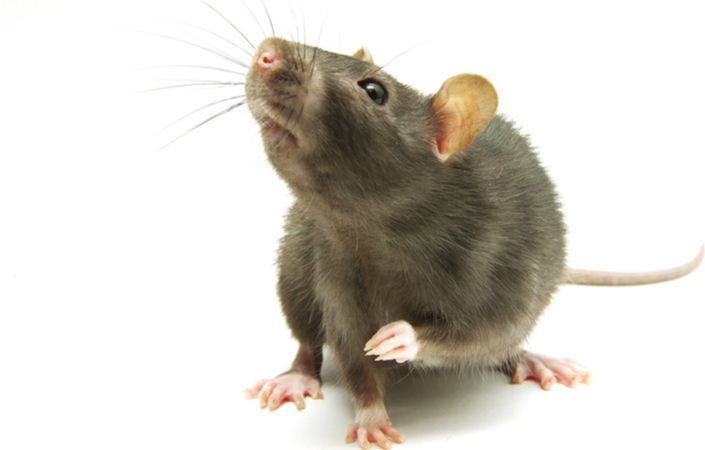A full payout for Musk, who is also the majority owner and CEO of the SpaceX rocket maker, would surpass anything previously granted to US executives.
When Tesla unveiled Musk’s package in 2018, it said he could theoretically reap as much as $US55.8 billion if no new shares were issued. However, Tesla has since issued shares to compensate employees, and last year it sold $US2.7 billion in shares and convertible bonds.
The potential payout for Musk comes after Tesla said this month it would furlough all non-essential workers and implement salary cuts during a shutdown of its US production facilities because of the coronavirus outbreak. The pandemic has slashed US demand for cars and forced several other automakers to also furlough US workers.
